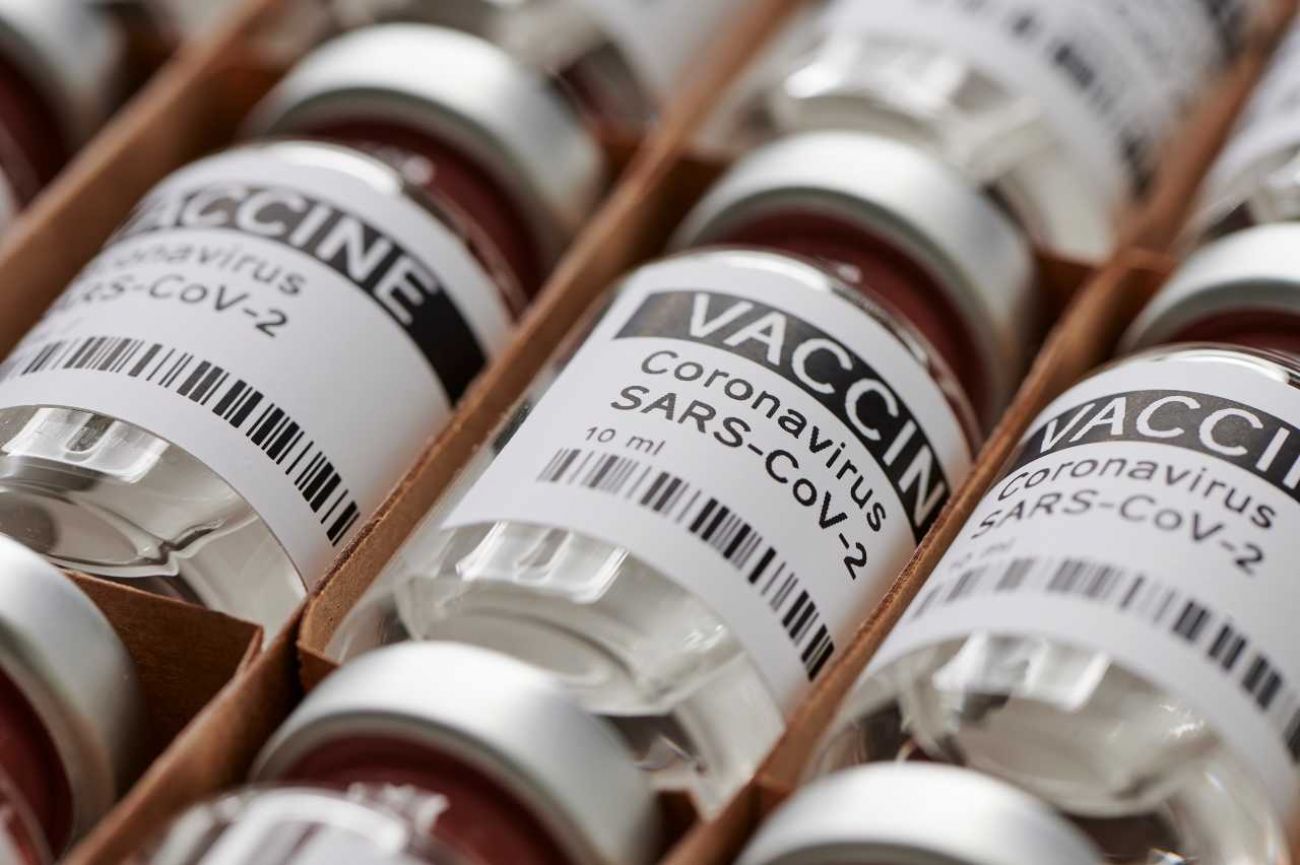No doubt: Third surge of COVID has hit Michigan. Can we vaccinate fast enough?

April 6 update: Michigan COVID hospitalizations again on the rise, but patients are younger
Michigan is amid a third substantial wave of coronavirus cases, spurred by the opening of schools, easing of business restrictions, increased travel and fatigue over the pandemic.
The state reported 3,164 new cases on Wednesday — the most since Jan. 19 — and Michigan now has the fourth-highest rate of new cases in the nation.
Related stories:
- Michigan schools reopened. Then came a spike in COVID outbreaks
- COVID vaccine for kids edges closer to reality, as cases surge in Michigan
- All is forgiven, Ohio*. Thanks for the COVID vaccine. Sincerely, Michigan.
- Michigan ranks second in COVID variant cases as state hits ‘tipping point’
- Michigan COVID cases rising, but vaccines make surge in deaths less likely
A little more than two weeks ago, on March 1, Michigan had one of the lowest rates in the country.
But despite the increase, there is reason for optimism:
- A smaller portion of the new cases come from those 60 years old and older, the most vulnerable to serious illness and death from COVID-19.
- Hospitalizations, which soared and led to 8,000 deaths from October through January, are rising but not at the rate they did in the fall.
- Despite reporting 3,164 cases Wednesday, the state reported no COVID-19 deaths. Deaths often follow two weeks or more after contracting the virus, and the state is three weeks into the latest surge.
Health officials are watching the increase with wariness, uncertain whether a massive vaccination effort can help the state avoid widespread deaths.
The latest: Michigan coronavirus unemployment, map, curve, updated COVID-19 news
“The question is can we dance with the virus or is it going to spike and start to fill up the hospitals again,” asked Eric Pessell, health officer for Calhoun County, where the rate of new infections has risen over 40 percent in a week.
With the state vaccinating as many as 90,000 people a day, the pool of those with immunity is rising fast.
But only 21 percent of the state population has received at least a first dose of the vaccines — while another 600,000 living residents have contracted COVID-19 and have some measure of immunity.
That leaves large swaths of the population potentially vulnerable.
Dr. Sarah Lyon-Callo, the state’s chief epidemiologist, said many of the new cases involve schools, but not classroom activity.
“The classroom environment itself has not been a strong signal for outbreaks,” Lyon-Callo said during a Wednesday briefing. “It tends to be more the activities associated with schools, including sports, but not limited to sports.”
Done with the pandemic
There are numerous signs that Michigan residents, like many across the country, have pandemic fatigue and have resumed normal activities.
Mobility data released by Lyon-Callo shows residents are moving about almost on par with pre-pandemic levels, taking far more “non-essential” trips than they did at the depths of the second wave in December.
A “consistently low proportion” of those with symptoms are now self-isolating, making it that much harder to stop the spread, Lyon-Callo said.
On Tuesday alone, the state reported that 9 percent of all coronavirus tests came back positive — three times as high a rate than the state hopes to have in order to control the virus.
Dashboard: Michigan coronavirus testing numbers, trends, COVID-19 data
Michigan now ranks fourth nationwide for the highest rate of coronavirus cases over the past week, trailing only New Jersey, Rhode Island and Delaware, according to a Bridge Michigan analysis of data compiled daily by the U.S. Centers for Disease Control and Prevention.
According to the CDC, Michigan is averaging 24 new daily cases of confirmed or suspected coronavirus per 100,000 people (it’s 21 confirmed cases per 100,000).
On March 1, the state ranked 43rd with 11 confirmed or probable cases per 100,000.
Share of older people falls
Despite the surge in cases, residents older than 65 who are more vulnerable to COVID-19 have received more than half of the state’s 2 million-plus vaccine.
In the past 10 days, residents 60 and older have comprised just 13.8 percent of all cases, compared to 23 percent in early January.
Coronavirus cases in nursing homes and other long-term care facilities offer some proof that the vaccines are working.
The residents and staff in those facilities, where 37 percent of all COVID-19 deaths have occurred, were among the first to get the vaccines.
And since late December, when over 800 weekly cases were reported among residents, the case count has plummeted: The state reported just 38 new cases among residents of long-term care facilities.
Bridge Michigan reporter Robin Erb contributed to this report.
See what new members are saying about why they donated to Bridge Michigan:
- “In order for this information to be accurate and unbiased it must be underwritten by its readers, not by special interests.” - Larry S.
- “Not many other media sources report on the topics Bridge does.” - Susan B.
- “Your journalism is outstanding and rare these days.” - Mark S.
If you want to ensure the future of nonpartisan, nonprofit Michigan journalism, please become a member today. You, too, will be asked why you donated and maybe we'll feature your quote next time!





